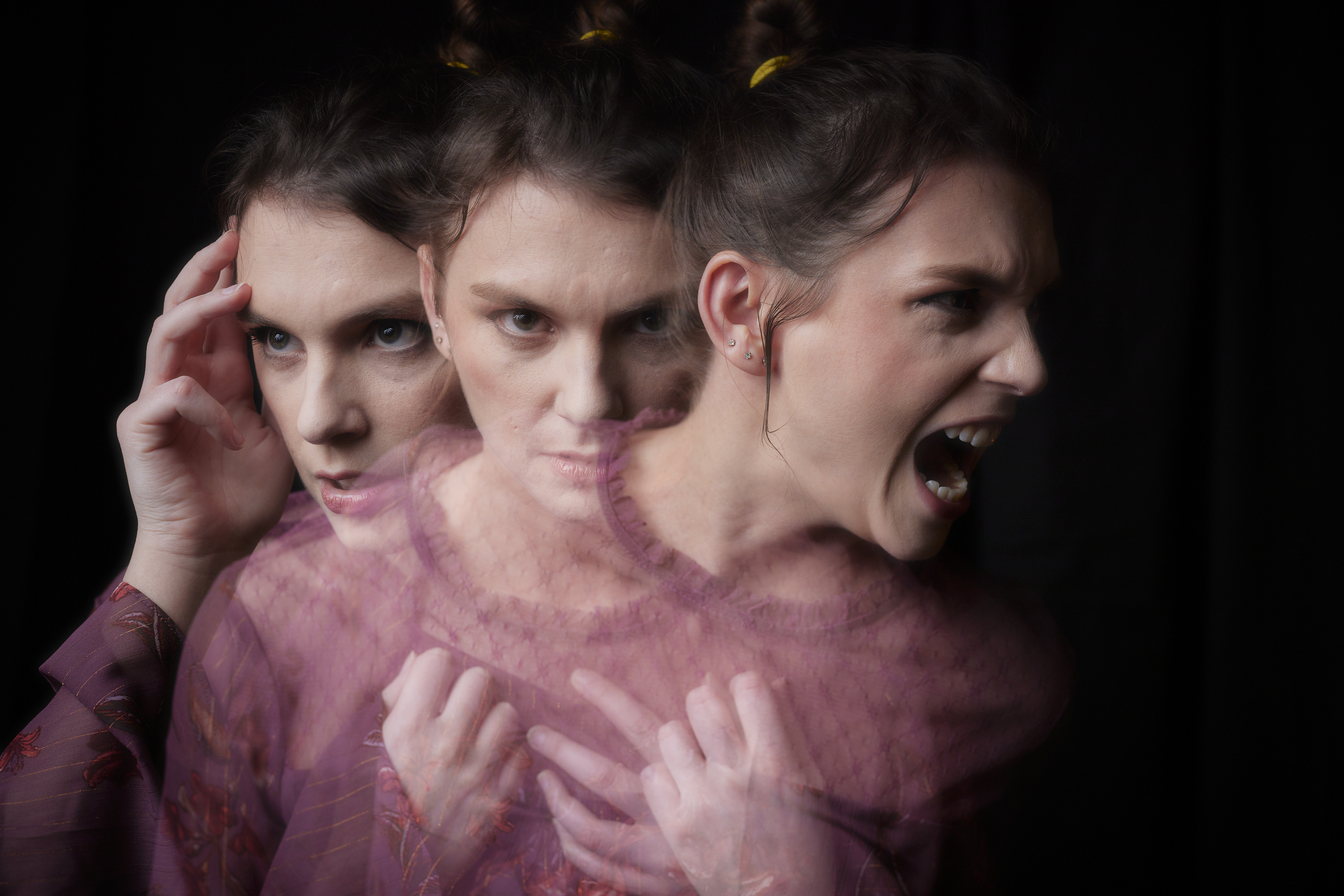Think about your weirdest and most random thoughts. My old gaming buddy sometimes sends me the most random Instagram posts of stuff like someone putting mayonnaise for the first time ever on an Aloe Vera plant. You look at those things and ask yourself, “But why?” And that’s what humanity will have to do to beat AI photography. For the record, I’m only calling it AI photography because we purposely need this article to be seen by the masses and it’s what folks will call it. But as we’ve said before, they’re called AI visuals. And sometimes, they’re awful.
This past weekend, I went to a film festival to watch experimental short movies at the Museum of the Moving Image. Each movie was random and made me think really carefully. But I thought about it completely differently after a conversation with my friend. He reasoned that if you gave those movies to the people who run an AI company and an AI itself, it wouldn’t be able to understand what’s going on. That’s the beauty of it, and that’s how humanity is going to adapt.
We, as photographers, have to get weird. We have to be more experimental than we’ve ever been before.
Before you think this is another post bashing AI or predicting the end of humanity as AI becomes more commonplace in our society, let me clarify. It’s a personal opinion on how many people these days are passing off AI work as their own. Technically, all they’ve done is input a few words into a program. Mankind has adapted to both the introduction of robots and computers in industries. Production speed has greatly increased across the world with the adoption of these two once-feared utilities.
For many years, we’ve asked photographers on this site and those reading whether or not they consider themselves documenters or creators. We’ve also worked to profile photographers who do all the work they can without post-production. If that wasn’t enough, we’ve questioned what a photograph is vs. a photo composite. These were all things that set us up for problems with AI photography as it is.
We must rely more on our creativity within the camera to survive. And we need to be much more creative. Simply documenting a moment that AI photography can create with a few commands is almost becoming irrelevant. Of course, something must be said for the human act of working with a camera and not caring about the end result. But that doesn’t help advance the craft of photography. More than ever, that’s what we need to do.
We need to get in touch with and understand our emotions to do this. And then, we need to find ways to personify them through photos. Beyond that, we must stop following what algorithms tell us is worth doing. Algorithms have ruined creativity in photography. And it has made it so that the photographer can be replaced by an AI photography process that can accommodate what the algorithm needs and wants more.
So here are some suggestions to combat AI photography:
- More personal projects around your emotions
- More random vision quests and putting them into photos
- More in-camera processes that make images look like magic
- More experimental processes
- More forgetting what you’ve been taught is no longer the right way to create a photo.
- Less taking a billion photos and instead focusing on getting one really exceptional photo at a time.
And overall, I believe that photographers need to start relying on things besides social media for work. We have to start aiming to get our work in ads around us in real life, galleries, museums, and so much more. The photograph hasn’t died, and video isn’t everywhere yet.


